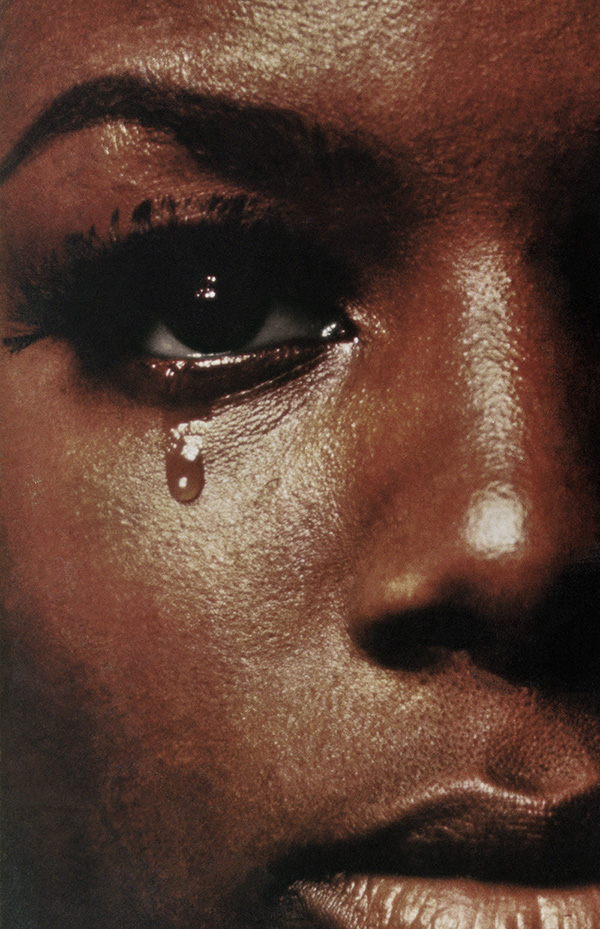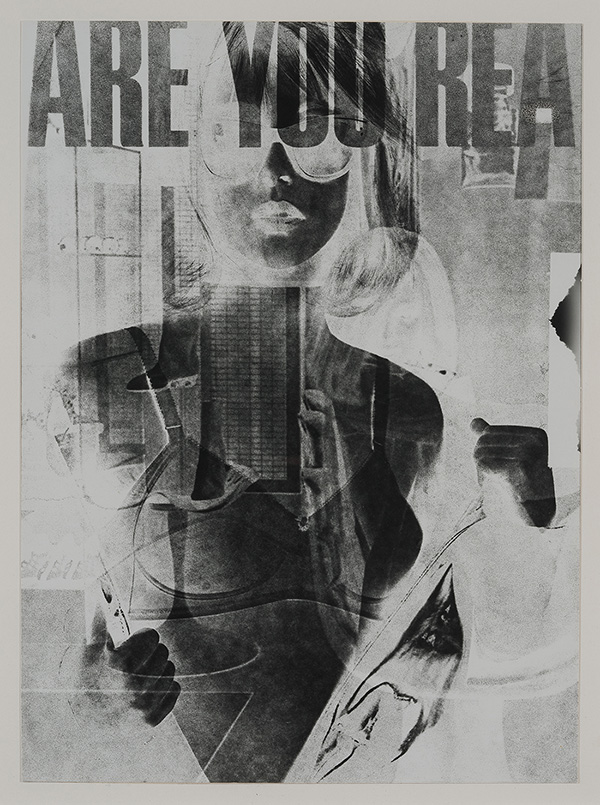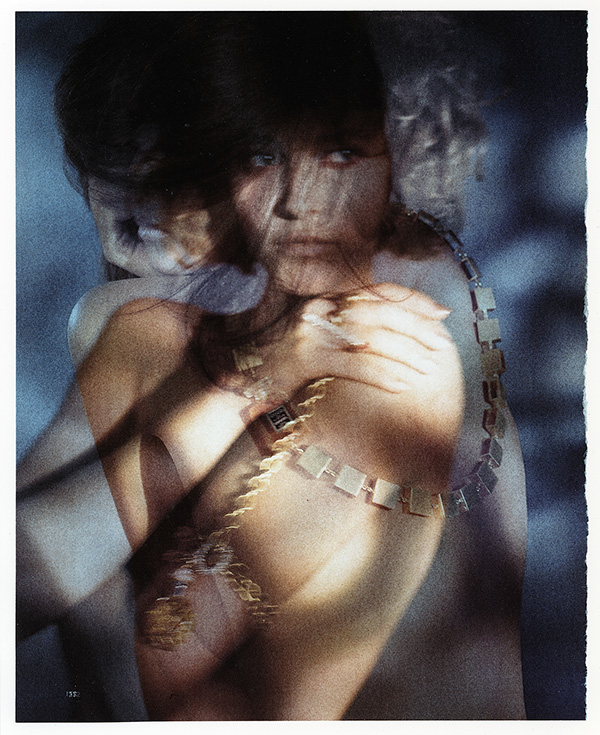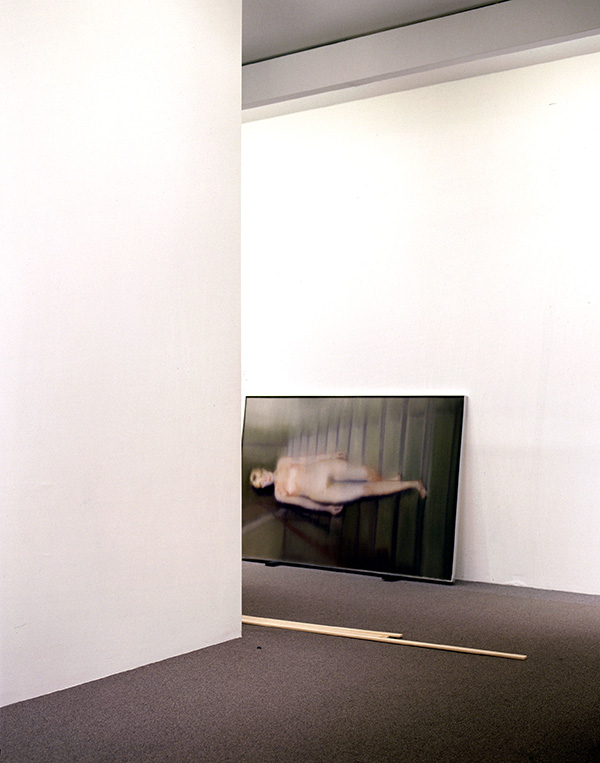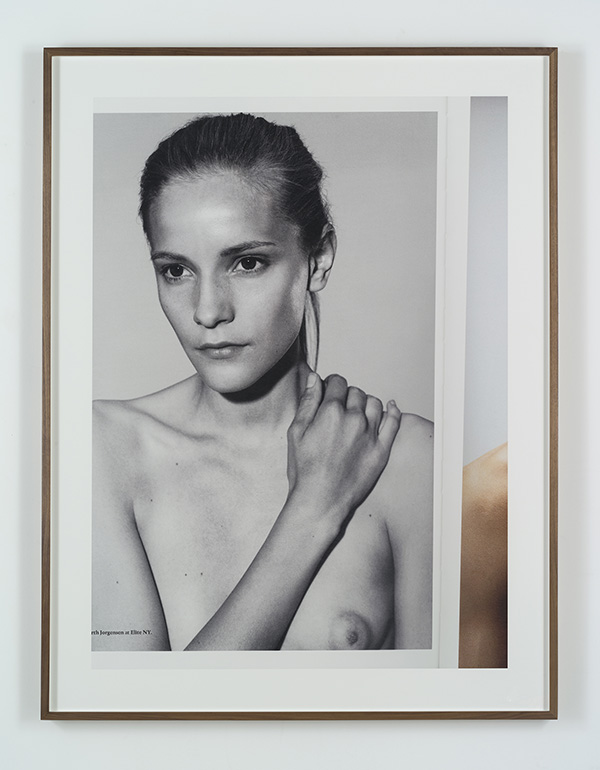PHOTO:Double Take
 Appropriation took on new significance in mid-20th Century America and Britain with the rise of consumerism and the proliferation of popular images through mass media outlets from magazines to television. Pop artists like Robert Rauschenberg, Claes Oldenburg, Andy Warhol, Tom Wesselman, and Roy Lichtenstein reproduced, juxtaposed, or repeated mundane, everyday images from popular culture, both absorbing and acting as a mirror for the ideas, interactions, needs, desires, and cultural elements of the times. Today, appropriating, remixing, and sampling images and media continue to challenge traditional notions of originality and test the boundaries of what it means to be an artist.
Appropriation took on new significance in mid-20th Century America and Britain with the rise of consumerism and the proliferation of popular images through mass media outlets from magazines to television. Pop artists like Robert Rauschenberg, Claes Oldenburg, Andy Warhol, Tom Wesselman, and Roy Lichtenstein reproduced, juxtaposed, or repeated mundane, everyday images from popular culture, both absorbing and acting as a mirror for the ideas, interactions, needs, desires, and cultural elements of the times. Today, appropriating, remixing, and sampling images and media continue to challenge traditional notions of originality and test the boundaries of what it means to be an artist.
By Efi Michalarou
Photo: Skarstedt Gallery Archive
The group exhibition “Double Take” at Skarstedt Gallery in London looks at the theme of appropriation and how it has been explored by different generations of artists using photography. Investigating the power of pictures in shaping ideas of identity, gender, race, desire and sexuality, the exhibition features works by: Anne Collier, Roe Ethridge, Robert Heinecken, Barbara Kruger, Louise Lawler, Richard Prince, Collier Schorr, Steven Shearer and Hank Willis Thomas. The exhibition takes as its starting point Robert Heinecken’s seminal series of photograms “Are You Rea” (1964-68), as well as works by leading artists of the Pictures Generation. Each of the artists featured in the exhibition use photography as a tool to re-frame and re-contextualise, attributing new meaning to the way we see the world and our place in it. In Robert Heinecken’s series ”Are You Rea” , as for many of the artists featured in the exhibition, magazines are a principal source material. Taken from more than 2000 magazine pages over a period of four years, this unique set of photograms, or ‘camera-less’ photographs, are direct contact prints of images culled from publication. The title derived from the question ‘Are you Real?’ in one of the women’s magazines is used by Heinecken to highlight the subliminal messages propagated through mass visual imagery. The merger of language and text is also central to Barbara Kruger’s large-scale black and white photographs, overlaid with provocative captions in bold Futura type. Presented in the artist’s signature red enamel frame, works such as Untitled (Your Fact is Stranger than Fiction), 1983 draw upon Kruger’s background as a magazine designer, to adopt the same visual tools as mass media in order to examine the cultural constructions of power, identity and sexuality. Anne, Collier’s images are characterized by their aesthetic clarity and dimensional flatness, informed by commercial and technical photography. Inspired by the Pictures Generation artists, Collier investigates the conventions of nude photography and the act of seeing in her re-photography of camera magazine covers from the ‘70s featuring highly sexualized images of women posing as photographers, such as “Photo (Tom Jacobi)” (2013). One of the foremost artists associated with the theme of appropriation, Richard Prince, tightly cropped photographs of virile cowboys and glamorous models in advertisements taken from fashion and lifestyle magazines draw our attention to the power of these mass-circulated images in manipulating desires and aspirations. Removed from their original context and enlarged, the visible grain of these re-photographed images highlights the gap between the stylized fictions marketed for public consumption and the notion of photography as a faithful recorder of truth. On presentation are works by:
Info: Skarstedt, 8 Bennet Street, St James’s, London, Duration 7/3-11/4/17, Days & Hours: Tue-Fri 10:00-18:00, Sat 12:00-17:00, www.skarstedt.com
